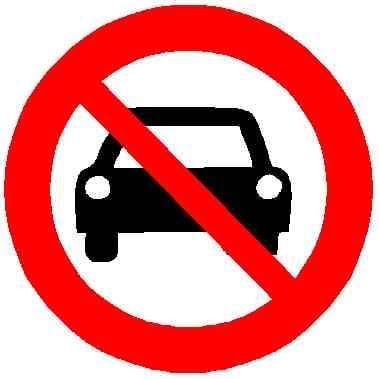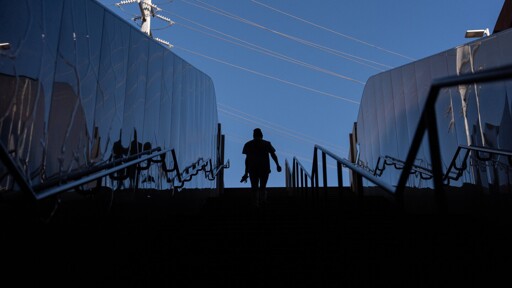Isn’t housing close to public transit usually more popular and thus more expensive? Is it different in the US? The article makes it sound as if there was no housing there to begin with.
There is a massive demand for medium density housing near transit/walkability in most of North America yet a very small supply of that type of housing. There is also a severe lack of transit which goes hand in hand with low density for the vast majority of residential and even commercial areas.
Not always, social housing exists.
You are correct, housing next to good transit is more in demand in the US than other housing. But
-
There is not much good transit in the US. Being next to a bus stop doesnt count if the bus takes 45 minutes to get anywhere.
-
YES. THERE IS NO HOUSING TO BEGIN WITH. Much of the time, when US cities build things like light rail stations, they build them along highways or industrial parts of town. The idea is that people will drive to their suburban homes, park at the light rail, and take the train to the city downtown. Is this a terrible assumption to make about peoples commuting habits? Yes. Is this a terrible way to design a transit system? Also yes. But to mess things up further, higher density housing is often banned around these valuable transit stops. Instead, they build high speed roads and parking lots (so walking from existing homes or businesses is not desireable or feasible) and then mandate that the area must be single family homes or office buildings or warehouses or whatever.
-
You are correct that housing built near transit would likely be in demand. But housing prices are brought down when more housing is built in general - the housing that is built doesn’t, itself, need to be cheaper.
Wow well that’s sad. Hopefully they continue building those appointments and the view of 2. changes.
-
It usually is, yes, but:
- Cars are incredibly expensive. Like, crazy expensive. Depending on the country, the type of car you use and how much you use it, owning a car costs between €500k to €2mio over your life (calculated over 50 years). If you have easy access to good public transport, you can save all of that. And while a public transport ticket might seem expensive, compared to all the hidden costs you have to pay with a car (tax, maintainance, value loss, insurance, …) it’s really cheap. For comparison, if you buy year-tickets for public transport for 50 years it’s between €25k and €100k, depending on where you live. So while you might pay more for housing, you save a ton by not having to own a car.
- Housing next to public transport can be built cheaper, because it doesn’t have to have parking included in the building. Surface parking costs space, and land value is expensive. Underground parking is really expensive to build and maintain.
- Once housing next to good public transport becomes the norm and not the exception, the price difference isn’t that huge anymore.


